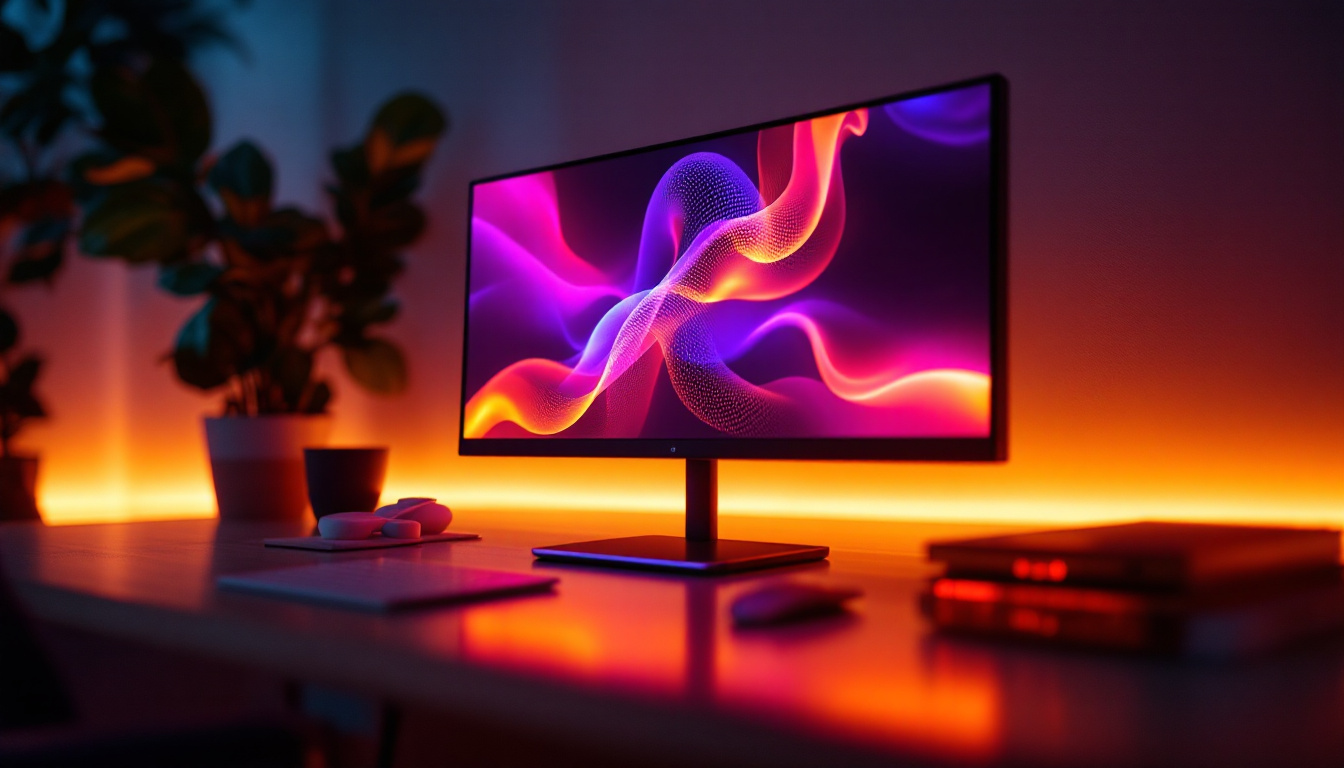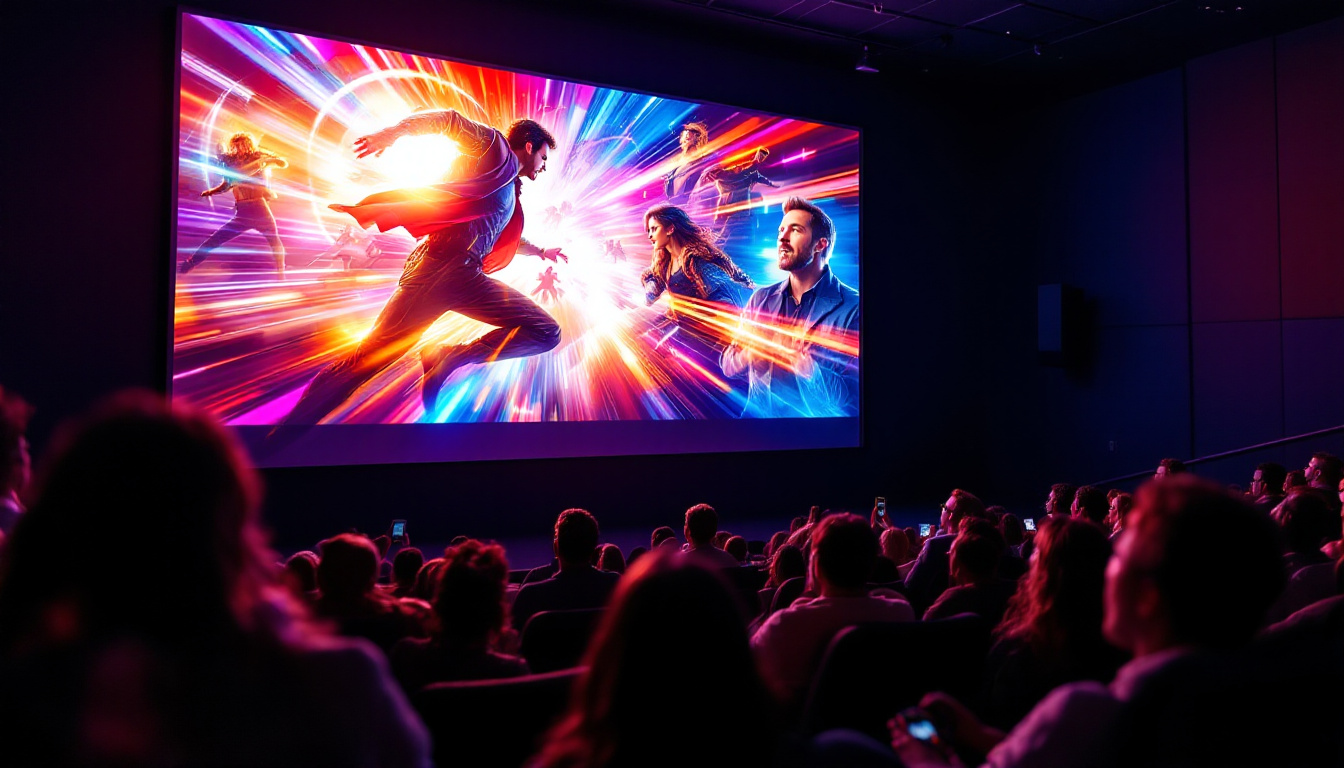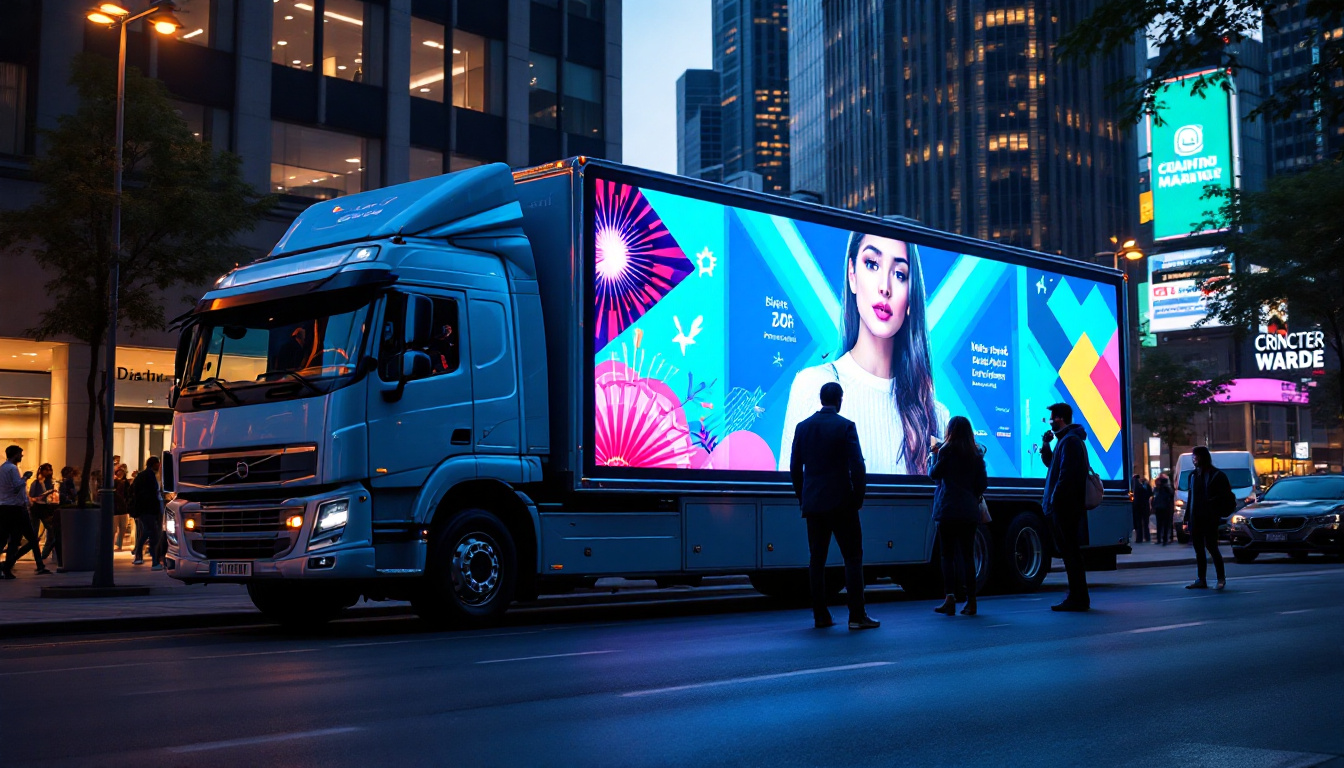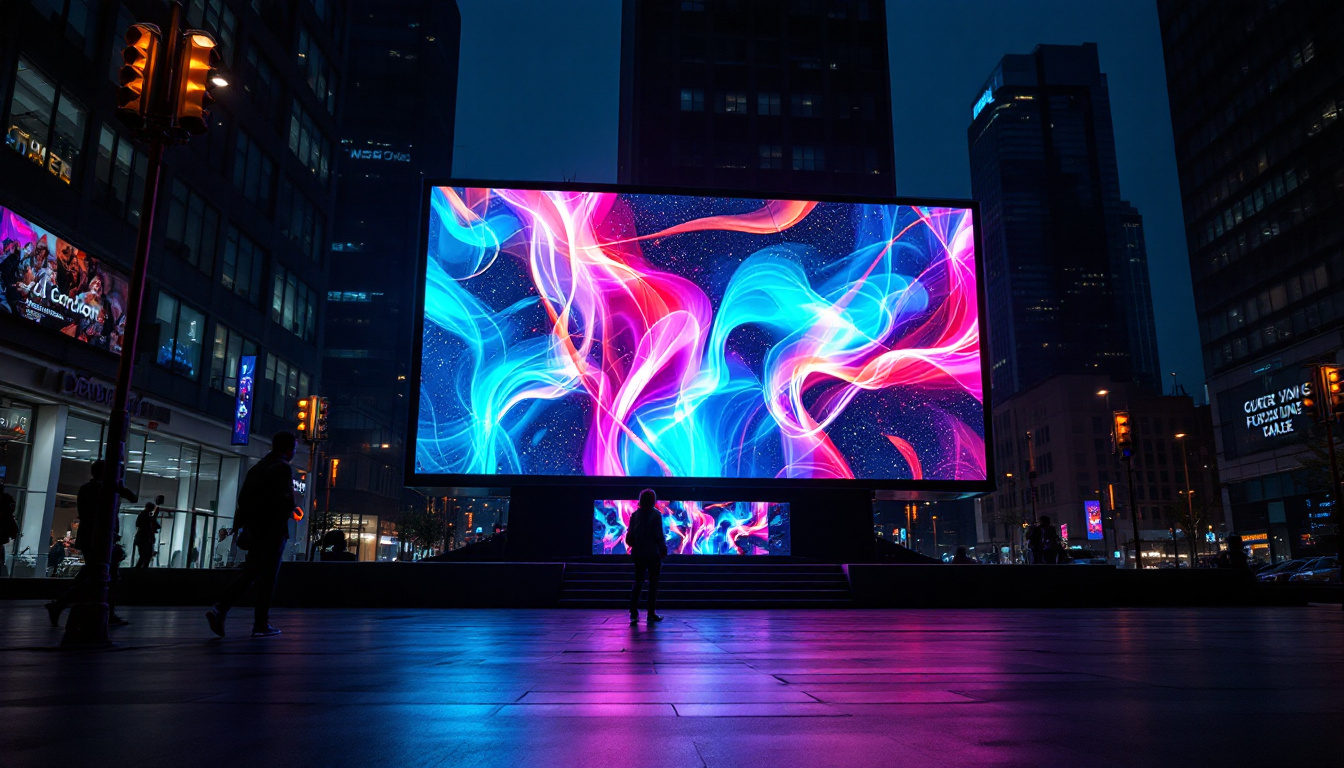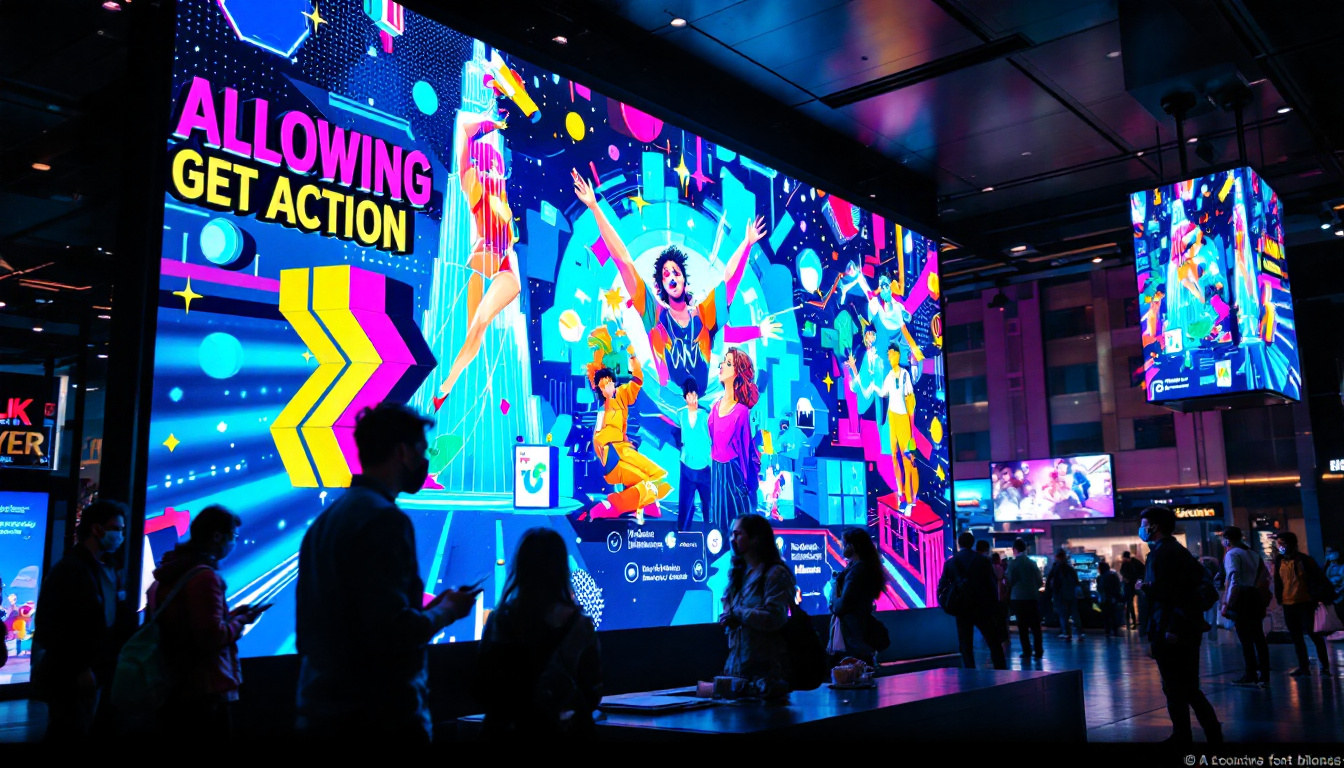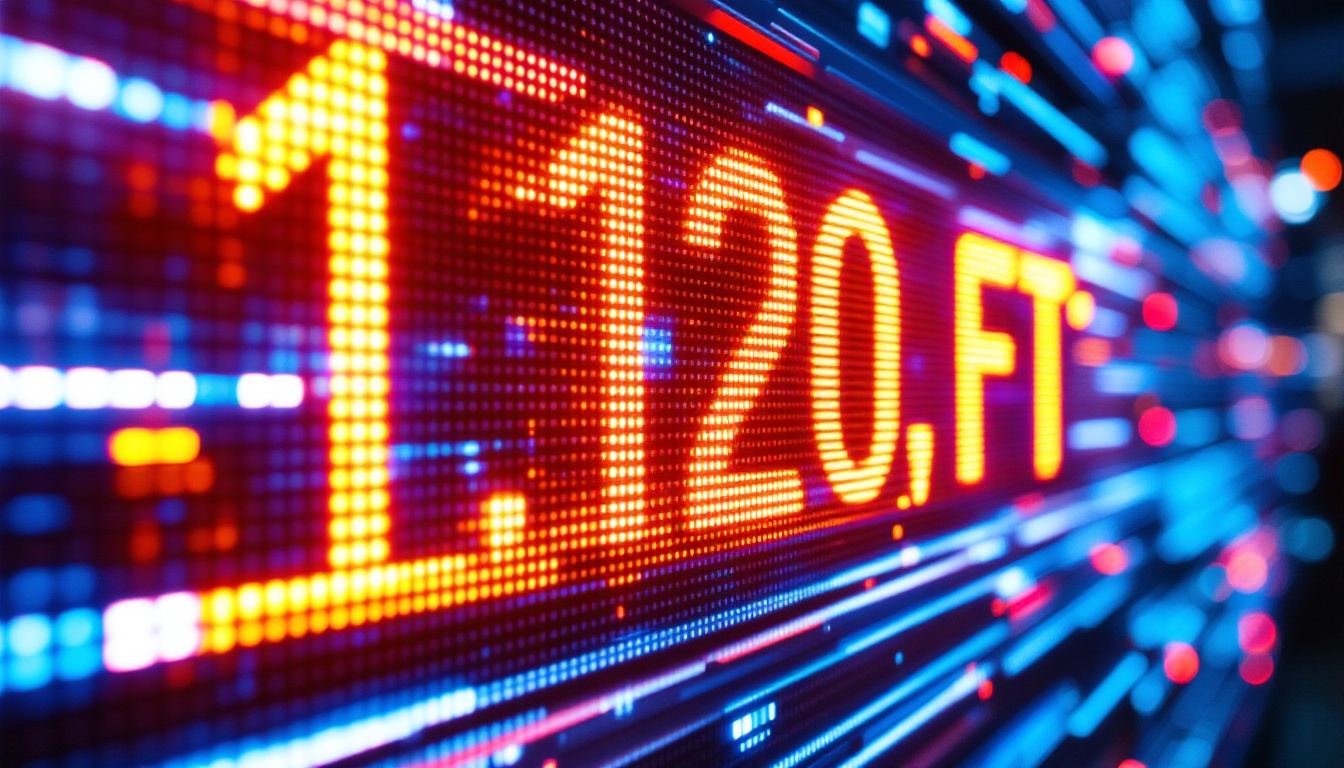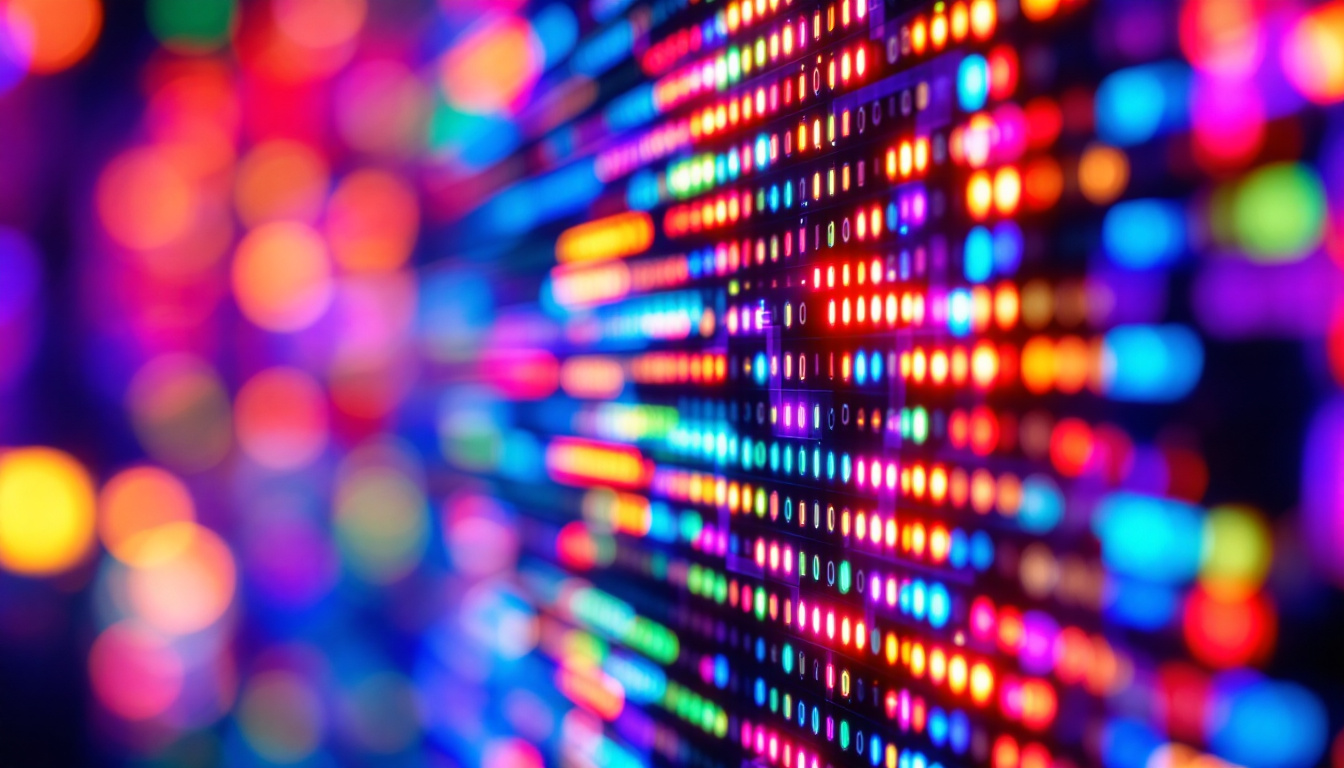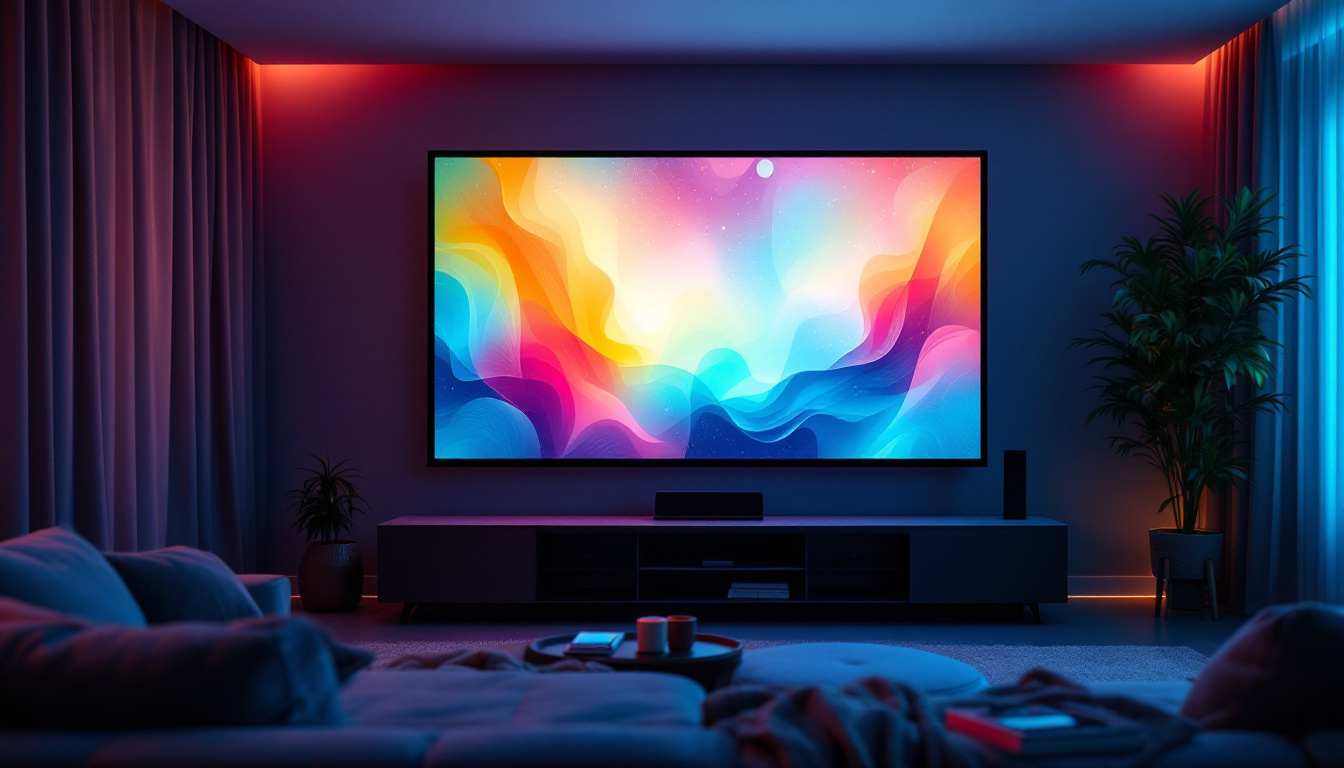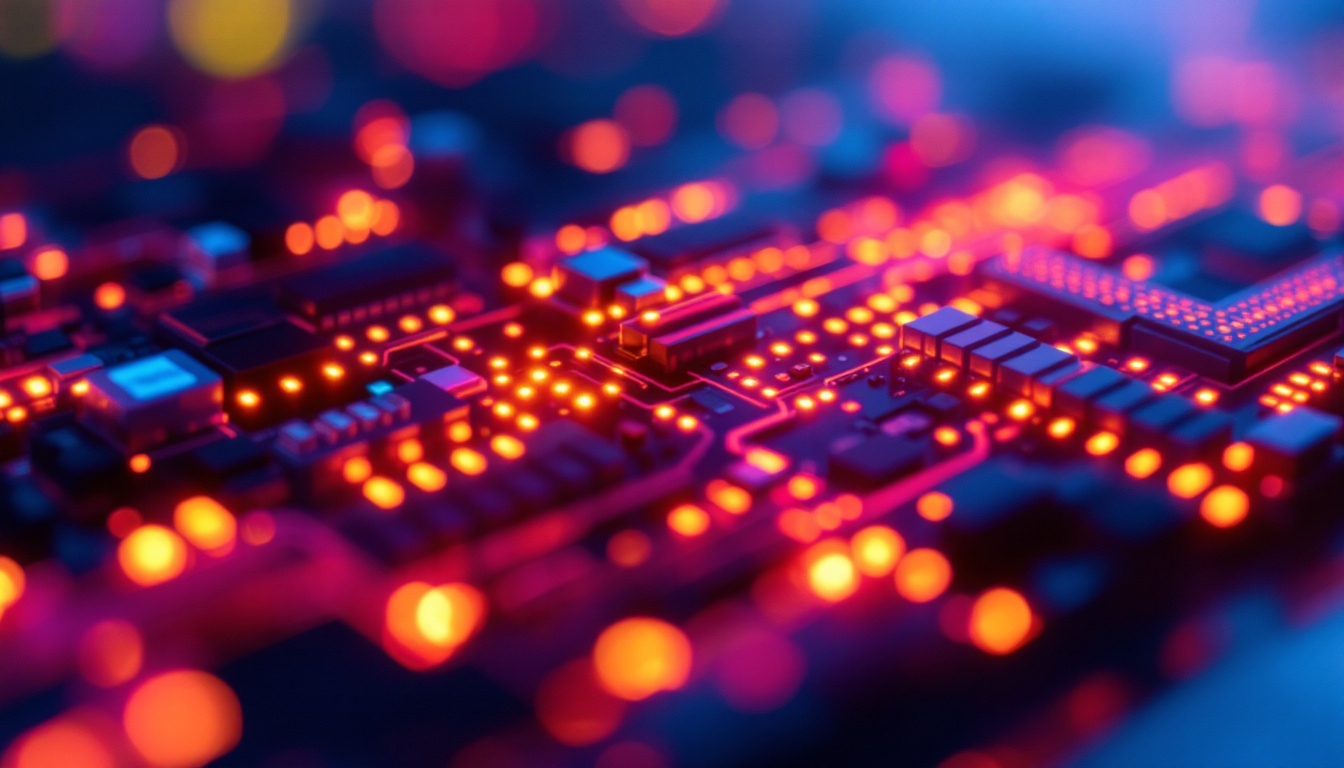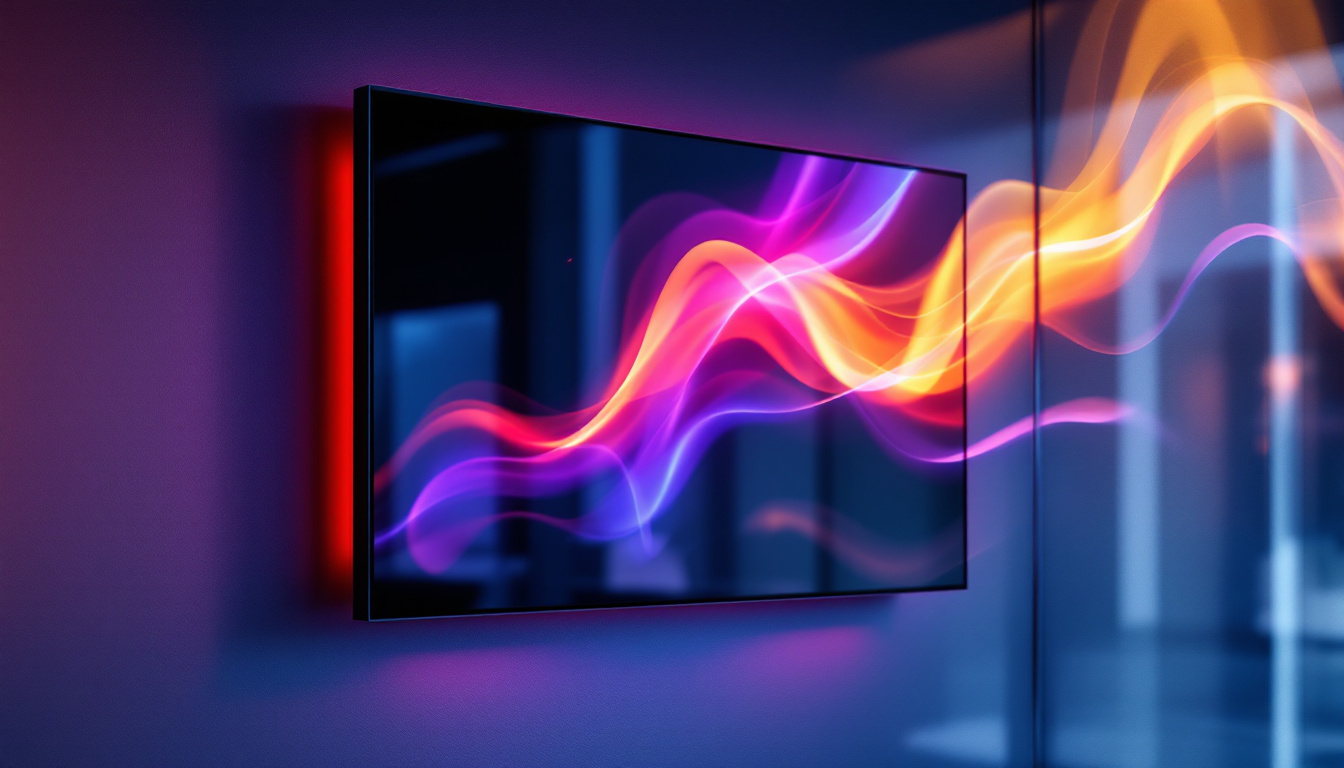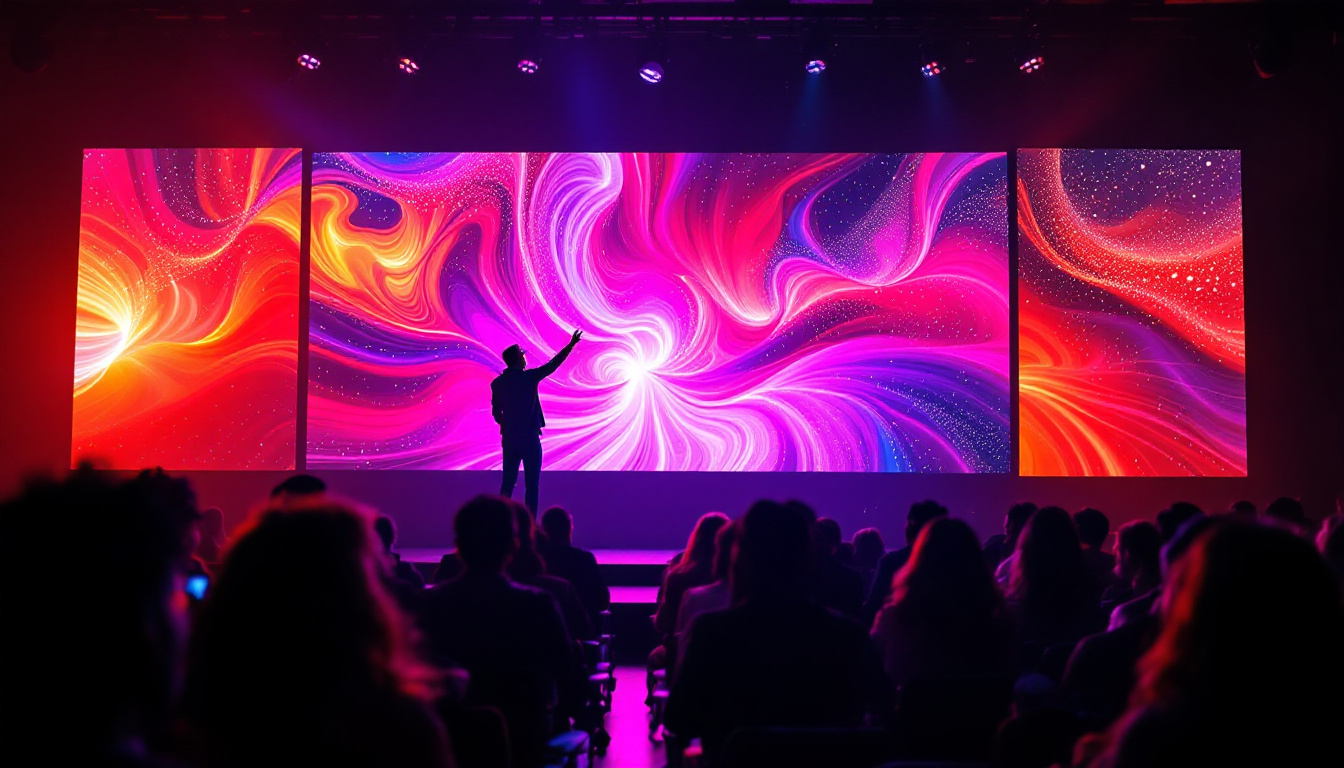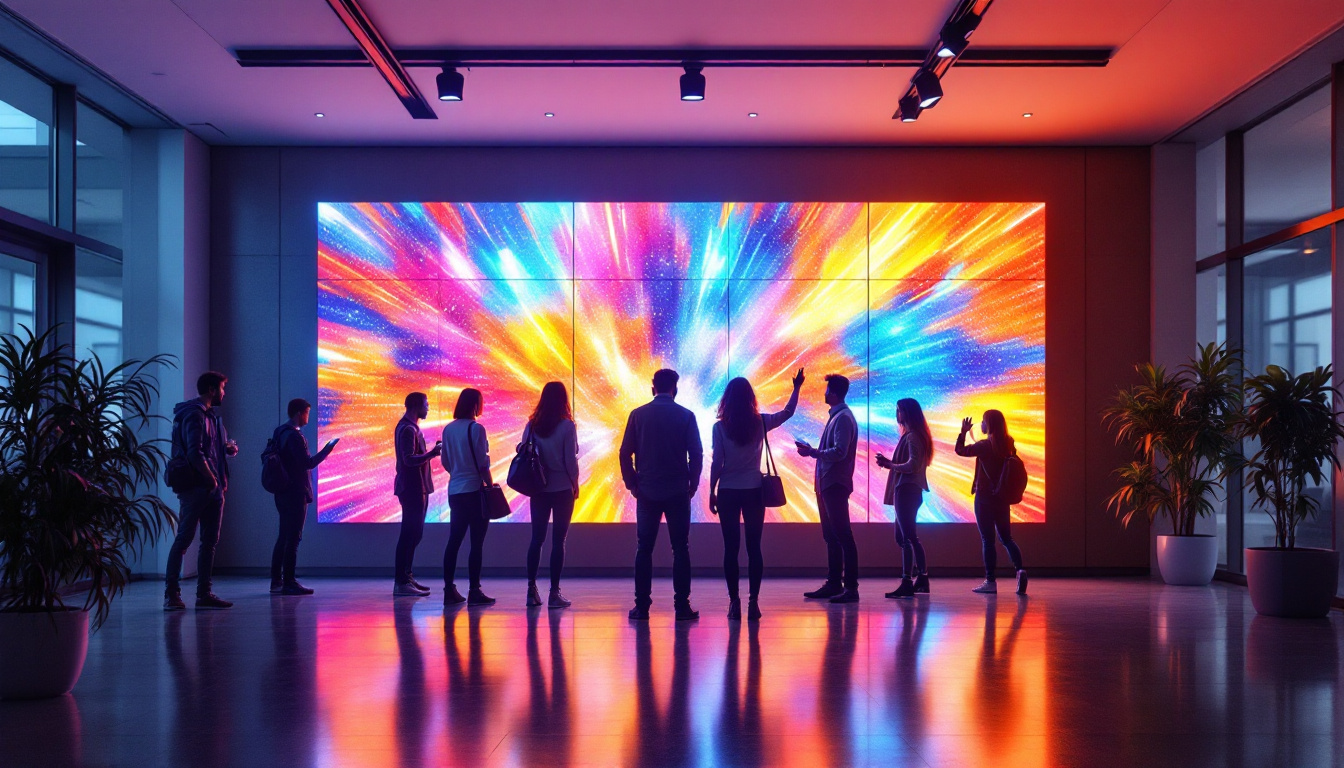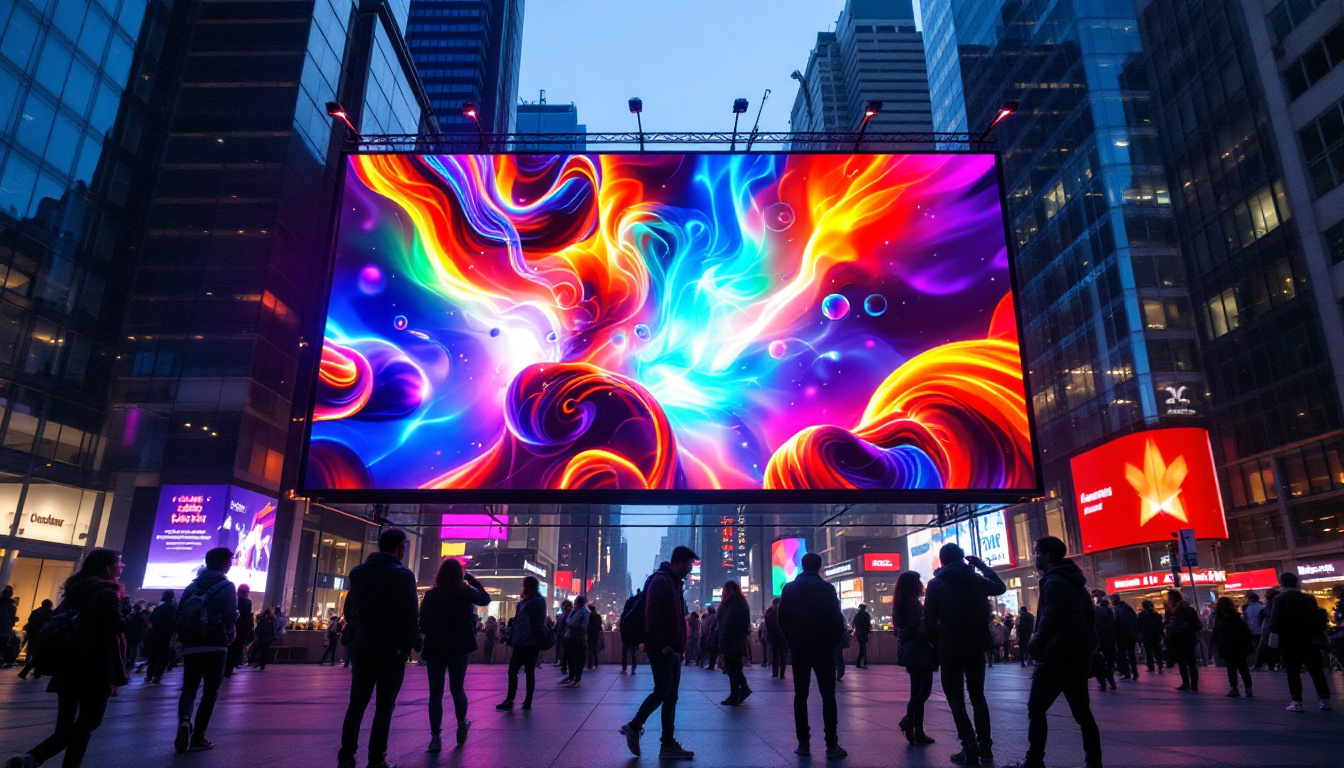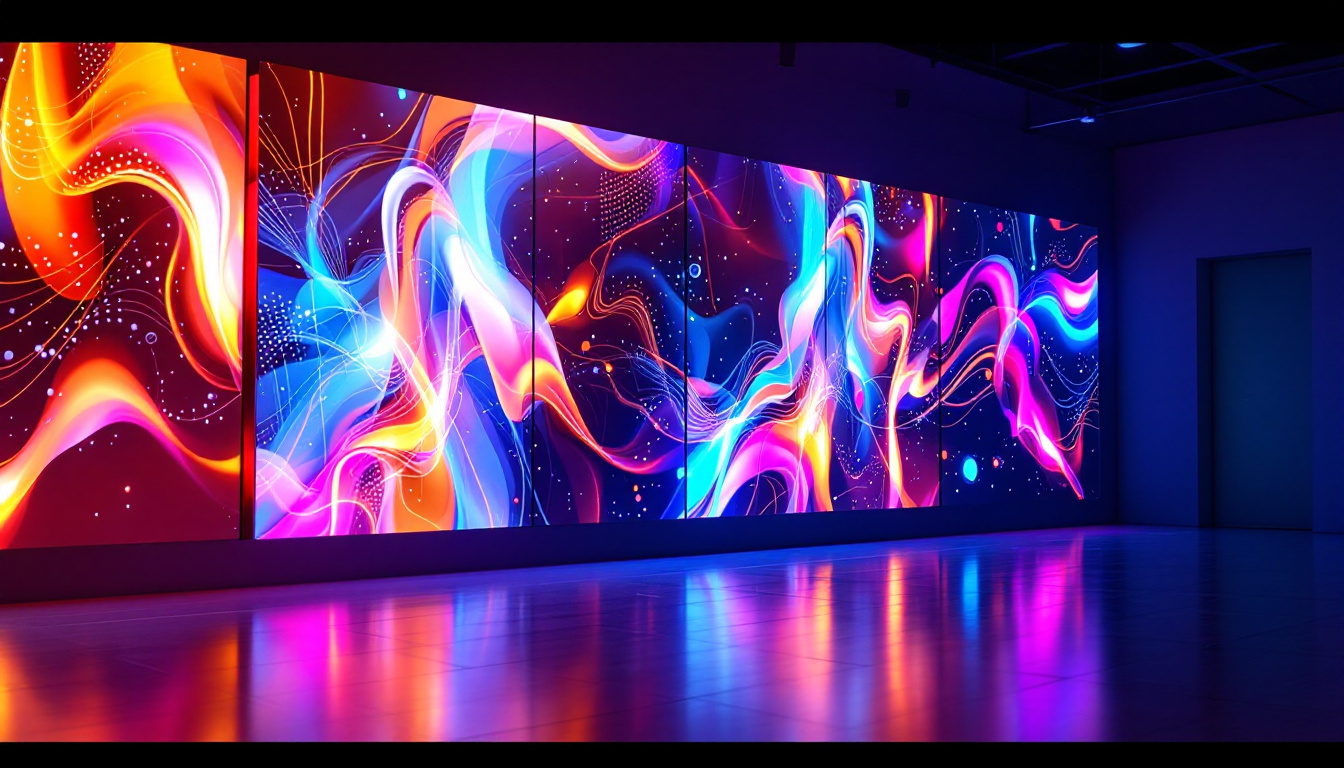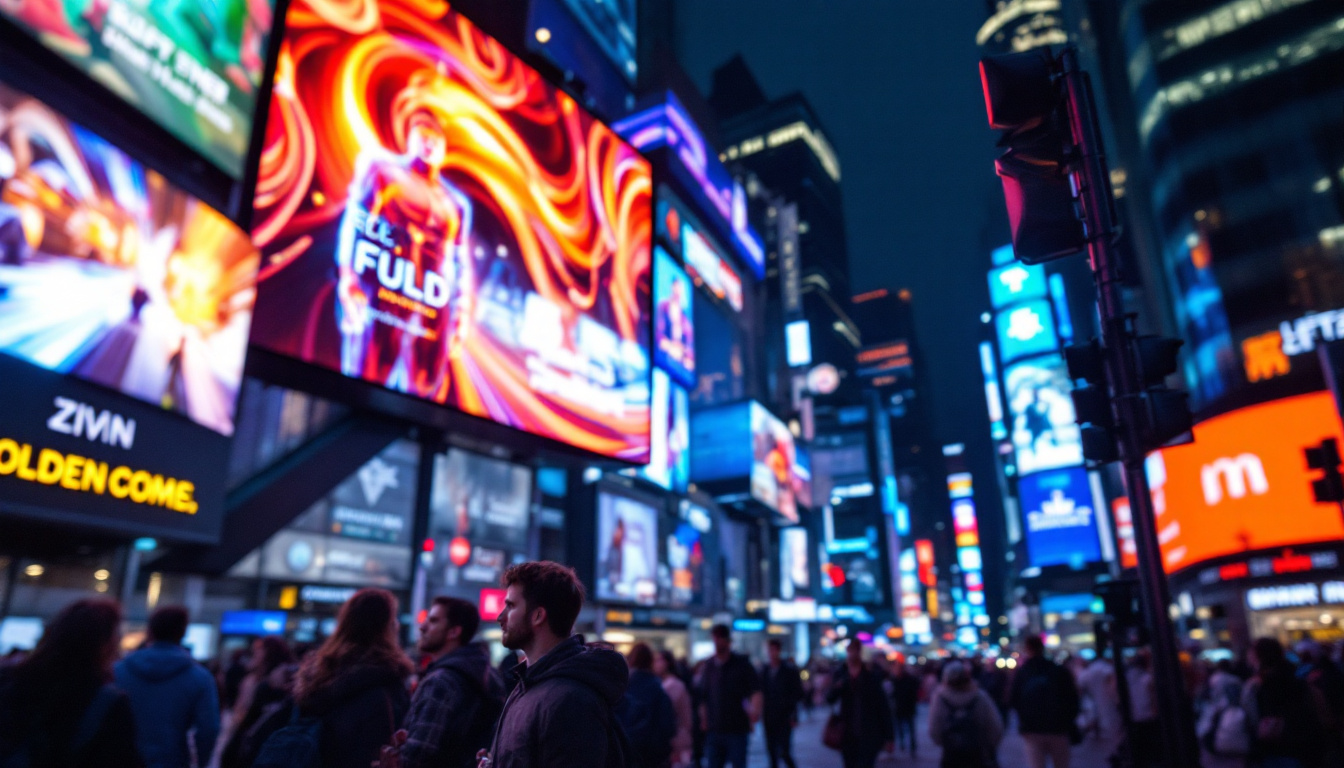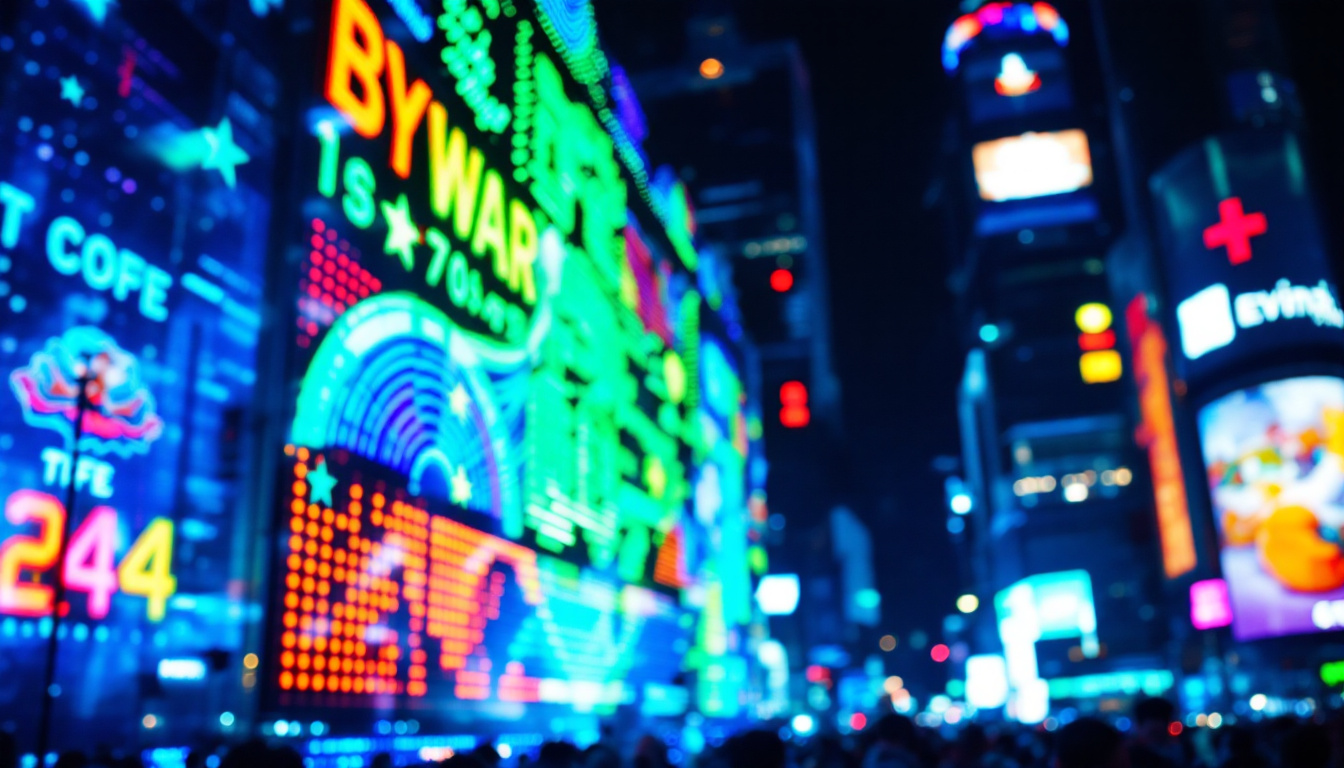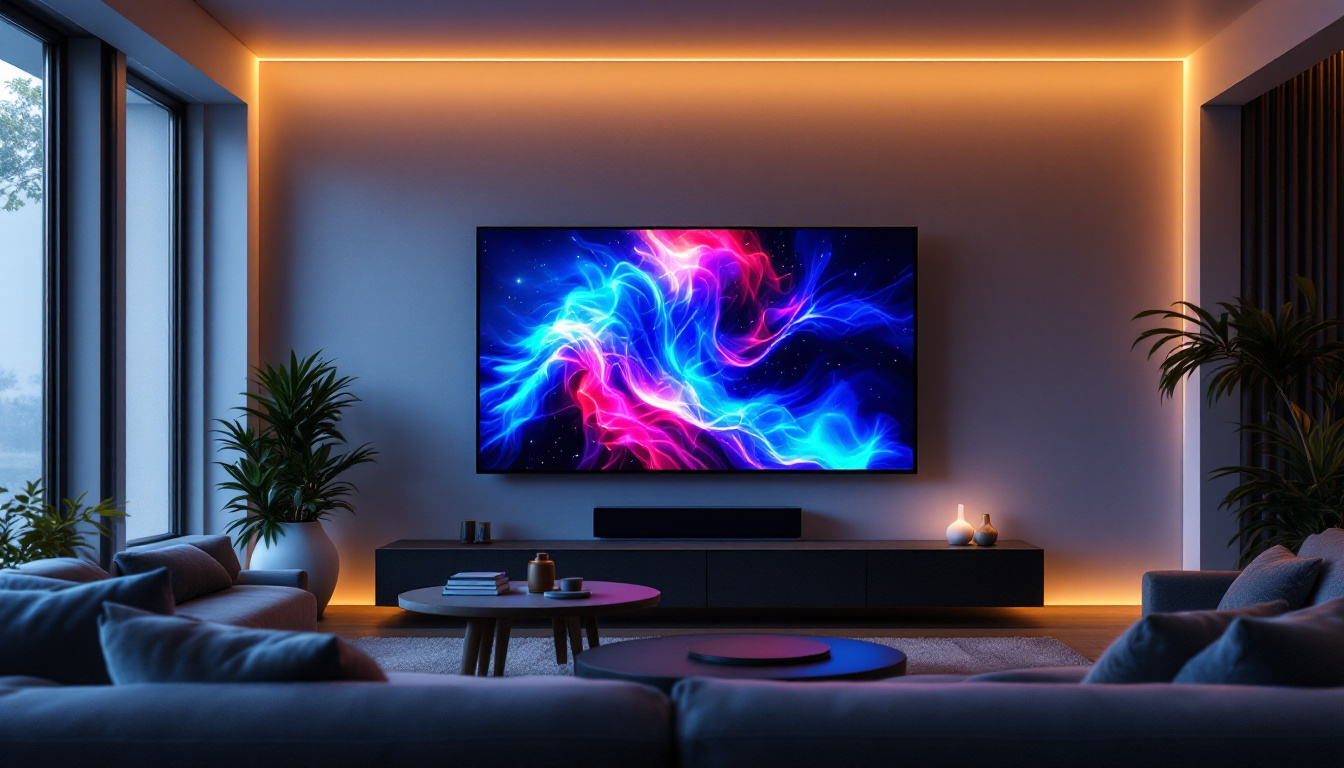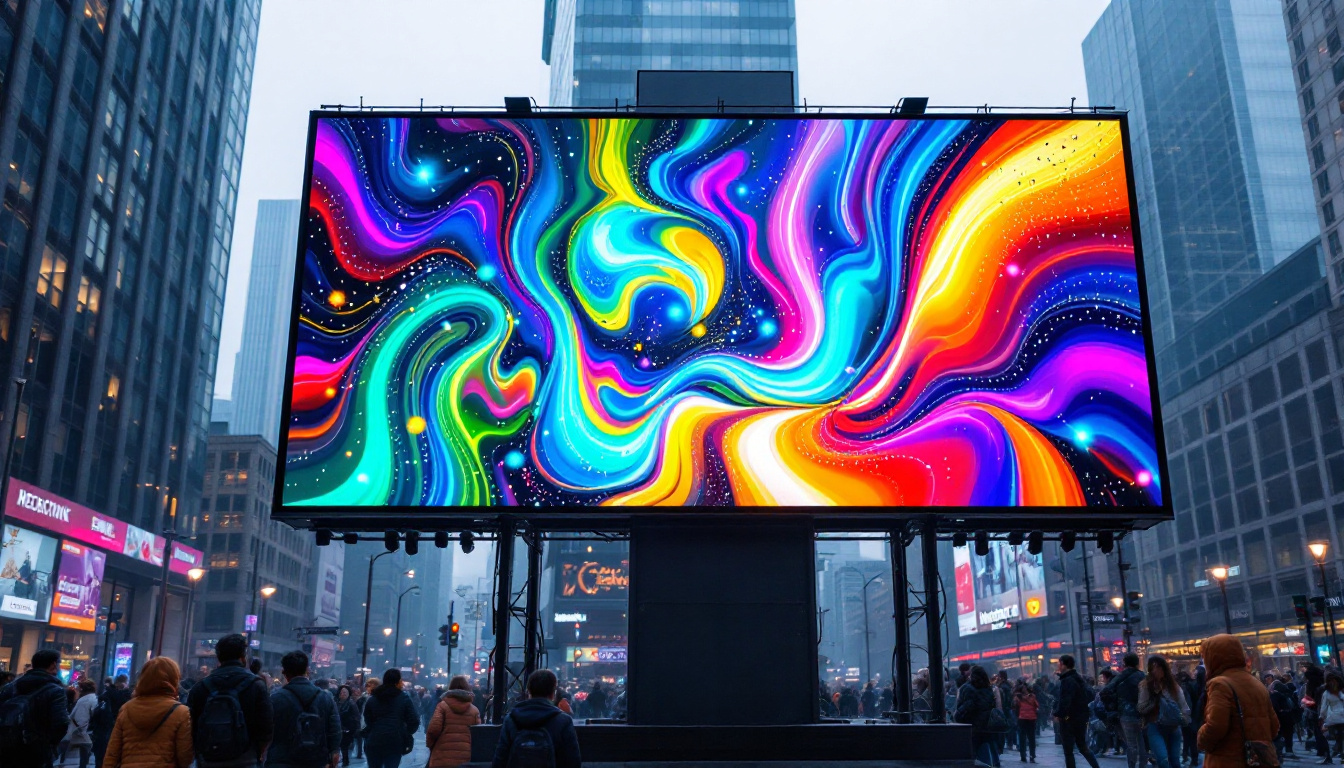In the realm of modern technology, the integration of LED displays into various applications has revolutionized how information is conveyed and consumed. Among these innovations, the lightbar monitor stands out as a versatile tool, particularly in environments that demand high visibility and clear communication. This article delves into the intricacies of lightbar monitors, exploring their functionality, applications, and the technology behind LED displays.
Understanding Lightbar Monitors
A lightbar monitor is a specialized type of LED display designed to provide real-time information in a visually striking manner. These monitors are often used in settings ranging from emergency services to corporate environments, where immediate communication is crucial. The design typically features a long, narrow form factor that can be mounted in various locations, ensuring optimal visibility. Their ability to convey urgent messages quickly makes them indispensable in scenarios such as traffic control, where a split-second decision can save lives.
Key Features of Lightbar Monitors
Lightbar monitors come equipped with several features that enhance their functionality. One of the most notable is their brightness, which allows them to be seen clearly even in direct sunlight. This makes them ideal for outdoor applications, such as traffic management or public safety announcements. Additionally, many lightbar monitors offer adjustable brightness settings, enabling them to adapt to varying light conditions, which is particularly beneficial during nighttime operations or in dimly lit environments.
Another important feature is their versatility in displaying different types of content. Lightbar monitors can showcase text, graphics, and even animations, making them suitable for a wide range of messages. This adaptability is particularly useful in dynamic environments where information needs to be updated frequently. For instance, in a corporate setting, these monitors can be used to display real-time data such as stock prices or important announcements, while in an emergency context, they can relay critical alerts and instructions to the public.
Technology Behind LED Displays
The technology that powers lightbar monitors is rooted in light-emitting diodes (LEDs). LEDs are semiconductor devices that emit light when an electric current passes through them. This technology offers several advantages over traditional display methods, including lower energy consumption, longer lifespan, and increased durability. The reduced heat output of LEDs also contributes to their longevity, making them a cost-effective solution for businesses and organizations that rely on constant operation.
Moreover, LED displays can be engineered to produce vibrant colors and sharp images, enhancing the overall user experience. The pixel density of these displays can also be adjusted, allowing for high-resolution outputs that are essential for detailed graphics and text. Advanced technologies such as pixel mapping and color calibration further enhance the visual quality, ensuring that the information presented is not only accurate but also visually appealing. Furthermore, many lightbar monitors are equipped with smart technology that allows for remote updates and monitoring, streamlining the process of content management and ensuring that the displayed information is always current and relevant.
Applications of Lightbar Monitors
Lightbar monitors find applications across various sectors, each benefiting from their unique capabilities. From public safety to advertising, these displays serve critical functions that enhance communication and information dissemination.
Public Safety and Emergency Services
One of the most prominent uses of lightbar monitors is in public safety and emergency services. Police vehicles, fire trucks, and ambulances often utilize these displays to convey urgent messages to the public. For instance, a police car may use a lightbar monitor to alert drivers of an accident ahead or to direct traffic during an emergency.
In addition to vehicles, stationary lightbar monitors are also deployed in public spaces to provide real-time updates during emergencies, such as weather alerts or evacuation notices. Their high visibility ensures that critical information reaches as many people as possible, potentially saving lives in urgent situations. Furthermore, these monitors can be integrated with emergency response systems, allowing for automated alerts that can be triggered by local authorities, ensuring that the information disseminated is timely and accurate.
Corporate and Commercial Use
In the corporate world, lightbar monitors are increasingly being used for advertising and information sharing within large venues. Retailers often use these displays to promote sales, showcase new products, or provide directions within a store. The ability to change messages quickly and easily makes lightbar monitors an effective marketing tool.
Moreover, in corporate settings, these monitors can be used to display important announcements, schedules, or even performance metrics. Their adaptability allows businesses to tailor content to specific audiences, enhancing engagement and communication. In addition, many companies are now leveraging the interactive capabilities of lightbar monitors, allowing customers to engage with the content directly, whether through touchscreens or QR codes, thus creating a more immersive shopping experience that can lead to increased sales and customer satisfaction.
Transportation and Traffic Management
transportation systems also benefit significantly from lightbar monitors. These displays are commonly found in buses, trains, and at transit stations, providing passengers with real-time updates on schedules, delays, and other critical information. The clarity and immediacy of the information help streamline operations and improve the overall travel experience.
Additionally, lightbar monitors play a crucial role in traffic management. They can be used to display information such as speed limits, road conditions, and construction alerts, helping to regulate traffic flow and enhance safety on the roads. Beyond just displaying information, these monitors can also be part of a larger intelligent transportation system (ITS) that collects data on traffic patterns, enabling city planners to make informed decisions about infrastructure improvements and traffic management strategies. This integration of technology not only aids in immediate traffic control but also contributes to long-term urban planning and sustainability efforts.
Benefits of Using Lightbar Monitors
The adoption of lightbar monitors offers several benefits that contribute to their growing popularity across various sectors. These advantages extend beyond mere visibility, impacting efficiency, safety, and user engagement.
Enhanced Visibility and Communication
One of the primary benefits of lightbar monitors is their enhanced visibility. The bright LED lights ensure that messages are easily seen from a distance, making them effective in both day and night conditions. This feature is particularly important in emergency situations where quick communication can make a significant difference.
Furthermore, the ability to display dynamic content means that information can be updated in real-time. This immediacy allows organizations to respond swiftly to changing circumstances, keeping audiences informed and engaged.
Cost-Effectiveness and Durability
Lightbar monitors are not only effective but also cost-efficient in the long run. LED technology consumes significantly less power compared to traditional lighting methods, resulting in lower energy bills. Additionally, the long lifespan of LEDs means reduced maintenance and replacement costs, making them a wise investment for organizations.
The durability of lightbar monitors is another key advantage. They are designed to withstand various environmental conditions, including extreme temperatures and moisture, ensuring reliable performance over time. This resilience makes them suitable for both indoor and outdoor applications.
Choosing the Right Lightbar Monitor
When selecting a lightbar monitor, several factors should be considered to ensure that the chosen display meets the specific needs of the application. Understanding these elements can help organizations make informed decisions and maximize the benefits of their investment.
Size and Resolution
The size of the lightbar monitor is a crucial consideration, as it should be appropriate for the intended viewing distance. Larger displays are typically better for outdoor use or in large venues, while smaller monitors may suffice for indoor applications.
Resolution is equally important, particularly for applications that require detailed graphics or text. Higher resolution displays provide clearer images and sharper text, enhancing readability and overall user experience.
Connectivity and Integration
Another vital aspect to consider is the connectivity options available with the lightbar monitor. Many modern displays offer various connectivity options, including HDMI, USB, and wireless capabilities. Ensuring compatibility with existing systems is essential for seamless integration.
Furthermore, the ability to integrate the monitor with content management systems can enhance its functionality. This integration allows for easy updates and management of displayed content, ensuring that information remains current and relevant.
Future Trends in Lightbar Monitors
The landscape of lightbar monitors is continually evolving, driven by advancements in technology and changing user needs. As industries adopt more sophisticated solutions, several trends are emerging that may shape the future of these displays.
Smart Technology Integration
One of the most significant trends is the integration of smart technology into lightbar monitors. This includes features such as sensors that can detect ambient light levels, automatically adjusting brightness for optimal visibility. Additionally, smart connectivity options may allow for remote monitoring and control, enhancing usability.
Furthermore, the incorporation of artificial intelligence (AI) could enable more intuitive content management systems, allowing for automated updates based on real-time data. This could streamline operations and enhance the effectiveness of communication.
Increased Customization Options
As the demand for personalized experiences grows, manufacturers are likely to offer increased customization options for lightbar monitors. This may include customizable shapes, sizes, and colors, allowing organizations to tailor displays to their specific branding and messaging needs.
Moreover, the ability to create interactive displays could enhance user engagement, allowing audiences to interact with content in real-time. This level of customization could open new avenues for communication and marketing strategies.
Conclusion
Lightbar monitors represent a significant advancement in the way information is displayed and communicated across various sectors. Their high visibility, versatility, and durability make them an invaluable tool in environments where immediate communication is essential. As technology continues to evolve, the future of lightbar monitors promises even greater capabilities, paving the way for enhanced user experiences and more effective communication strategies.
In a world where information is paramount, embracing the potential of lightbar monitors can lead to improved safety, efficiency, and engagement. Whether in public safety, corporate environments, or transportation systems, these displays are set to play a pivotal role in shaping the future of communication.
Discover LumenMatrix’s Advanced LED Solutions
Ready to elevate your communication strategy with high-impact visual displays? LumenMatrix is at the forefront of LED technology, offering a comprehensive range of products from Indoor and Outdoor LED Wall Displays to innovative Vehicle and Sports LED Displays. Our mission is to transform your visual communication with displays that not only capture attention but also deliver your message with precision and flair. Whether you’re looking to enhance public safety, boost corporate engagement, or streamline transportation information, LumenMatrix has the cutting-edge solution for you. Check out LumenMatrix LED Display Solutions today and experience the future of visual storytelling.

